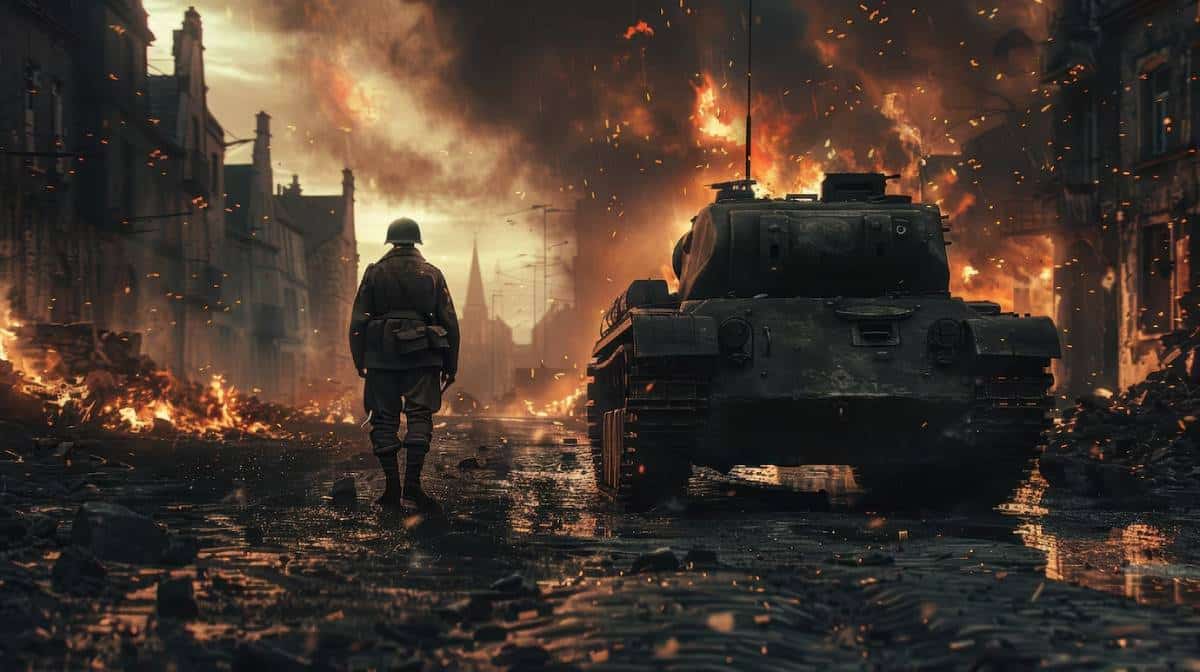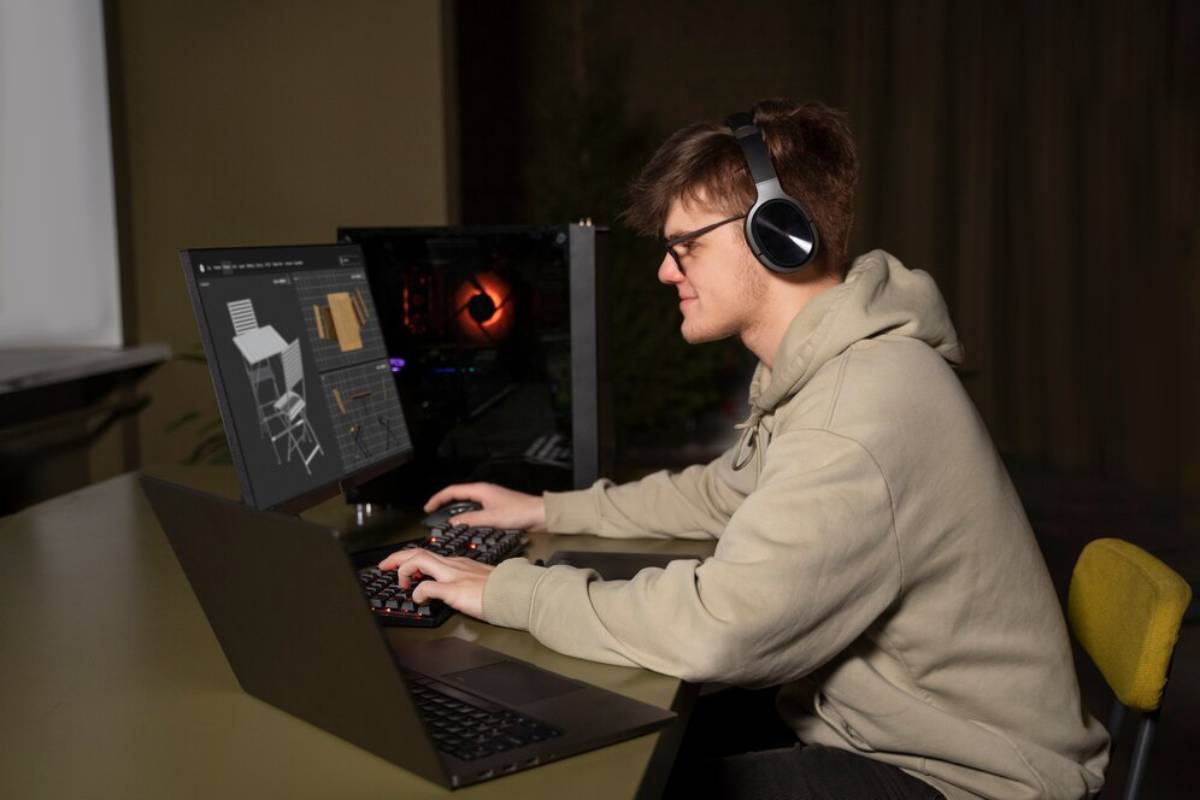
Ray Tracing and Lighting in 2025 FPS Titles
In the ever-evolving gaming world, first-person shooter (FPS) games push the limits of tech and creativity. In 2025, ray tracing and lighting advancements will change the gaming landscape. These innovations will boost the visual effects in FPS games. Players will enjoy an immersive experience like never before. But what exactly are ray tracing and lighting systems, and why are they so crucial in modern gaming? Let’s explore these technologies and see how they affect the FPS genre.
The Importance of Ray Tracing and Lighting Systems
Ray tracing is a rendering method. It mimics how light interacts with objects in a virtual space. It tracks how light rays move in a scene. They bounce off surfaces, making reflections, shadows, and highlights look real. This method has long been a key part of the film industry. Recently, it has also become practical for real-time use in gaming.
Lighting systems include various technologies that create and control light in a game. This includes dynamic lighting that changes with the time of day or player actions. It also covers global illumination. This simulates how light spreads and scatters on surfaces.
These technologies improve the visual quality of FPS games, boost realism, and make the experience more immersive. Players want real experiences in games, and unrealistic lighting or shadows can quickly ruin that feeling. Ray tracing and advanced lighting let developers create stunning, lifelike worlds.

How Ray Tracing Transforms FPS Games
Enhanced Realism
Picture entering a virtual world. Here, every reflection, shadow, and light feels just like reality. Ray tracing simulates how light behaves. This creates lifelike environments. Sunlight glints off weapons, and shadows from leaves create depth in the game world.
Immersive Atmospheres
Lighting plays a crucial role in setting the mood and atmosphere of a game. With ray tracing, developers can craft environments that evoke emotion and tension. Imagine a dark hallway. A flickering light bulb creates spooky shadows, adding to the suspense. These elements pull players into the story and make every moment matter more.
Competitive Edge
In the competitive realm of FPS games, every advantage counts. Ray tracing gives players clearer visuals. This helps them see enemies better and move through environments more accurately. Clear visuals can differentiate between winning and losing, especially in intense multiplayer games.
Lighting Systems: The Backbone of Visual Effects
Dynamic Lighting
Dynamic lighting changes with the game environment. This makes the experience feel more responsive and immersive. As the sun sets in an open-world FPS, the light changes. It shifts from bright daylight to the warm colours of dusk. This change boosts realism and affects gameplay. Players need to change their strategies as visibility shifts.
Global Illumination
Global illumination simulates the indirect lighting that occurs when light bounces off surfaces. This technique lights up every corner of the game world naturally, avoiding harsh contrasts and unrealistic shadows. In FPS games, global illumination helps create a unified visual experience. It makes every element feel connected and in harmony.
Volumetric Lighting
Volumetric lighting gives a scene depth and dimension. It mimics how light interacts with air particles like dust or fog. This effect is especially noticeable in FPS games. It can create dramatic god rays shining through trees or a smoky haze on the battlefield. Volumetric lighting boosts the look of a scene. It also helps guide players in tricky areas.

Expert Tips for Maximising Visual Impact
Invest in High-Performance Hardware
Ray tracing is a resource-intensive process that requires powerful hardware to run smoothly. Investing in a strong graphics card and a good CPU lets you enjoy these technologies fully, and you won’t have to worry about frame rates.
Update Drivers Regularly
Graphics drivers are constantly updated to improve performance and compatibility with new technologies. Updating your drivers regularly gives you the latest features and optimisations. This will enhance your gaming experience.
Adjust In-Game Settings
Most modern FPS games let you adjust graphics settings to fit your hardware. Try different setups for the best mix of visuals and smooth performance. Turning on ray tracing and advanced lighting can mean sacrificing some things. You might have to lower your resolution or texture quality.
Stay Informed About New Developments
The gaming industry is ever-evolving, with new technologies and techniques emerging regularly. Staying updated on these changes helps you make wise choices for your gaming setup. This way, you’ll always enjoy the latest visual effects.
Common Mistakes to Avoid
Overemphasis on Graphics
Stunning visuals attract players, but they shouldn’t harm gameplay. A game may look great, but players won’t stay engaged if it has bad mechanics. Always prioritise gameplay and narrative when evaluating a new title.
Ignoring Performance
Turning on all graphical features can put a heavy load on your hardware. This may cause problems like stuttering or frame drops. Balancing smooth gameplay with good visuals is key.
Neglecting Updates
Game developers often release patches and updates. These fixes performance issues and enhances visual effects. Ignoring these updates can lead to a poor experience, so check for new patches often.
Advanced Insights: The Future of Ray Tracing and Lighting
Real-Time Path Tracing
Real-time path tracing builds on ray tracing. It boosts realism by simulating all light interactions. Path tracing is new but could change how we see virtual environments.
AI-Driven Lighting
AI will play a big role in the future of lighting systems. AI algorithms can change the lighting based on how players act, creating personalised experiences that adapt to each player’s style.
Cross-Platform Consistency
As gaming goes cross-platform, keeping visual quality the same on all devices is important. Cloud gaming and streaming tech are improving, so players will soon enjoy great visuals on many devices, like PCs and mobile phones.
Conclusion: Embrace the Future of FPS Gaming
Ray tracing and lighting systems are changing FPS games. They provide players with a new immersion and realism that was once just a dream. These technologies will keep evolving, opening new possibilities for game developers and players.
To embrace the future of FPS gaming, stay updated on new advancements. Also, optimise your gaming setup to match. This way, you’ll be ready to enjoy the fantastic visual effects of the next-gen FPS games.


